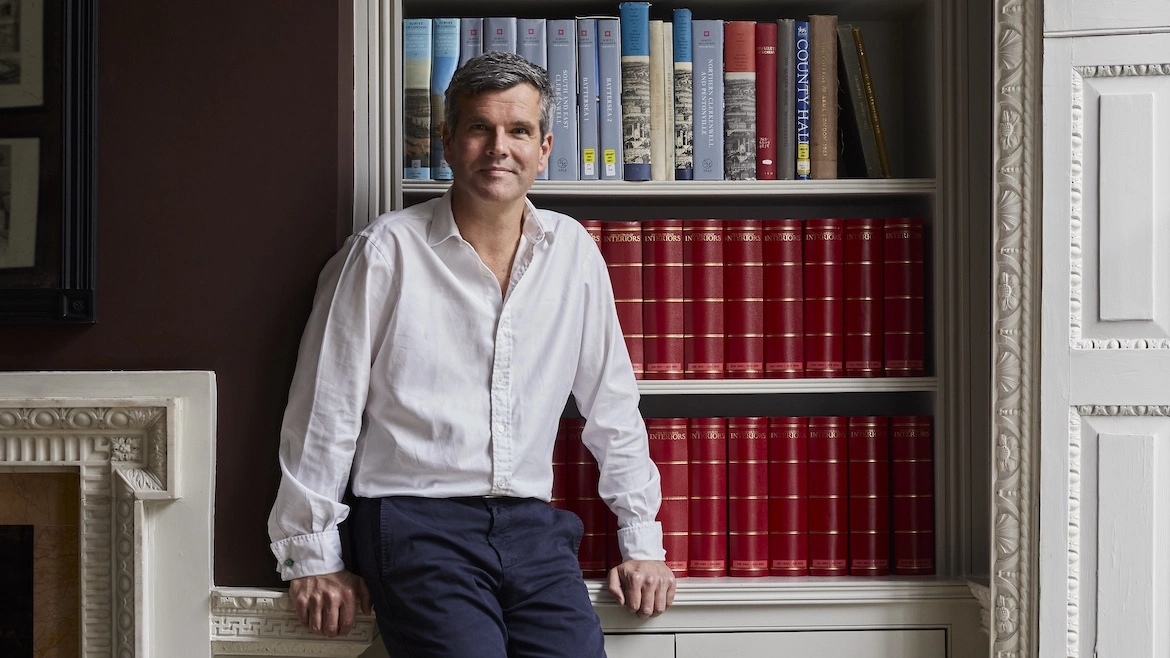Andres Duany and Elizabeth Plater-Zyberk, the recipients of the sixth annual Richard H. Driehaus Prize for Classical Architecture, plan to take their $200,000 honorarium and invest it—not in stocks or bonds, but in the future of urbanism and the environment. At their acceptance speeches made during the awards ceremony in Chicago on March 29, 2008, the husband and wife team pledged to donate their winnings to a nonprofit research center for the publication of books related to New Urbanism and classical architecture. Richard Driehaus, the Chicago-based investor and philanthropist who sponsors the prize, said he would match their gift, for a total donation of $400,000.
![]()
At the Driehaus awards ceremony in March, Andres Duany spoke of why he believes that changing how the middle class views architecture is critical to combating climate change—and the important role that traditional design can play. (1 min, 58 sec)
Click the play button to begin | Click here to download
Audio courtesy The University of Notre Dame School of Architecture
The Driehaus Prize recognizes achievement in the pursuit of traditional, classical, and sustainable architecture and urbanism. Duany and Plater-Zyberk have been dubbed the “parents of New Urbanism.” In addition to maintaining an active Miami-based practice, they co-founded the Congress for New Urbanism, a committee that advocates for the creation of walkable, mixed-use neighborhoods. Duany, now an emeritus board member, says that the group’s charter is currently under debate as the congress considers how to address climate change. He believes that by persuading the suburban middle class to incorporate the fundamental principles of New Urbanism—using natural ventilation and other low-tech green solutions in houses, for instance, and designing neighborhoods that rely less on automobile transportation—architects can make a positive difference.
Duany and Plater-Zyberk are donating the $400,000 to the Center for Applied Transect Study, a nonprofit group—closely affiliated with the architects’ own practice—that Duany describes as “dedicated to the reconciliation of urbanism and the environment thereby generating a New New-Urbanism.” The first book planned for publication is a collection of works by the European architect Leon Krier, who helped inspire the New Urbanism movement and who was awarded the first Driehaus Prize in 2003. Other possibilities include a monograph on Charles Barrett, a highly-regarded draftsman with whom Duany and Plater-Zyberk cooperated on early New Urbanist plans; a biography of the early 20th century town planner John Nolen; and a print version of Lexicon of the New Urbanism, an online-only text by Duany and Plater-Zyberk. “There will be an enormous multiplier effect of this reward,” Duany said at the Driehaus awards ceremony.
This year’s Driehaus cash prize of $200,000 is double the amount previously given. Also doubled is the $50,000 cash prize accompanying the Henry Hope Reed Award, which Driehaus bestows on architecture writers. The 2008 recipient of that honor is Roger Kennedy, the author of 12 books on design and the former director of the National Park Service between 1993 and 1997.


Post a comment to this article
Report Abusive Comment